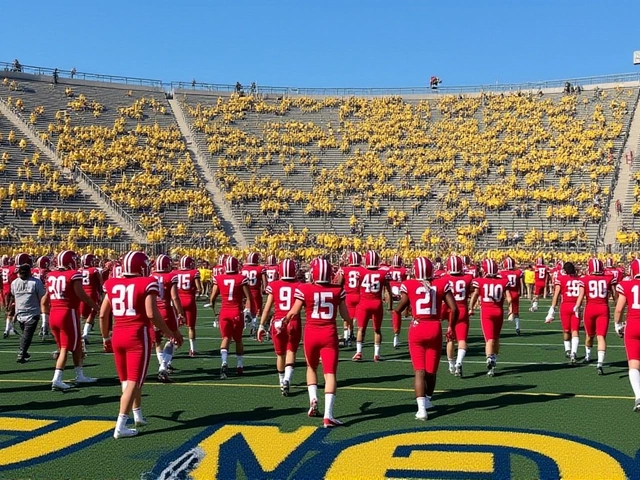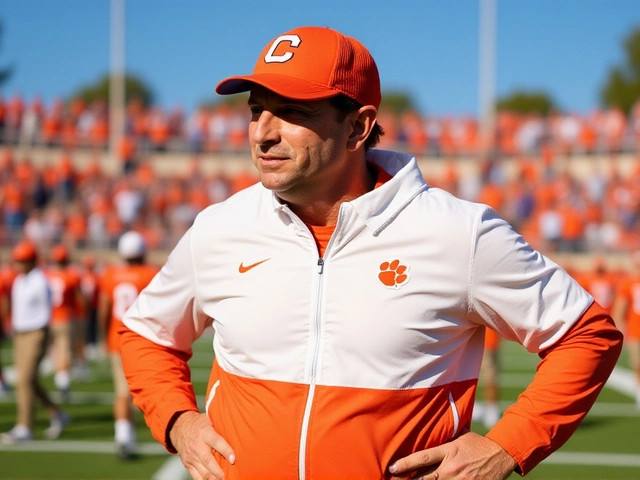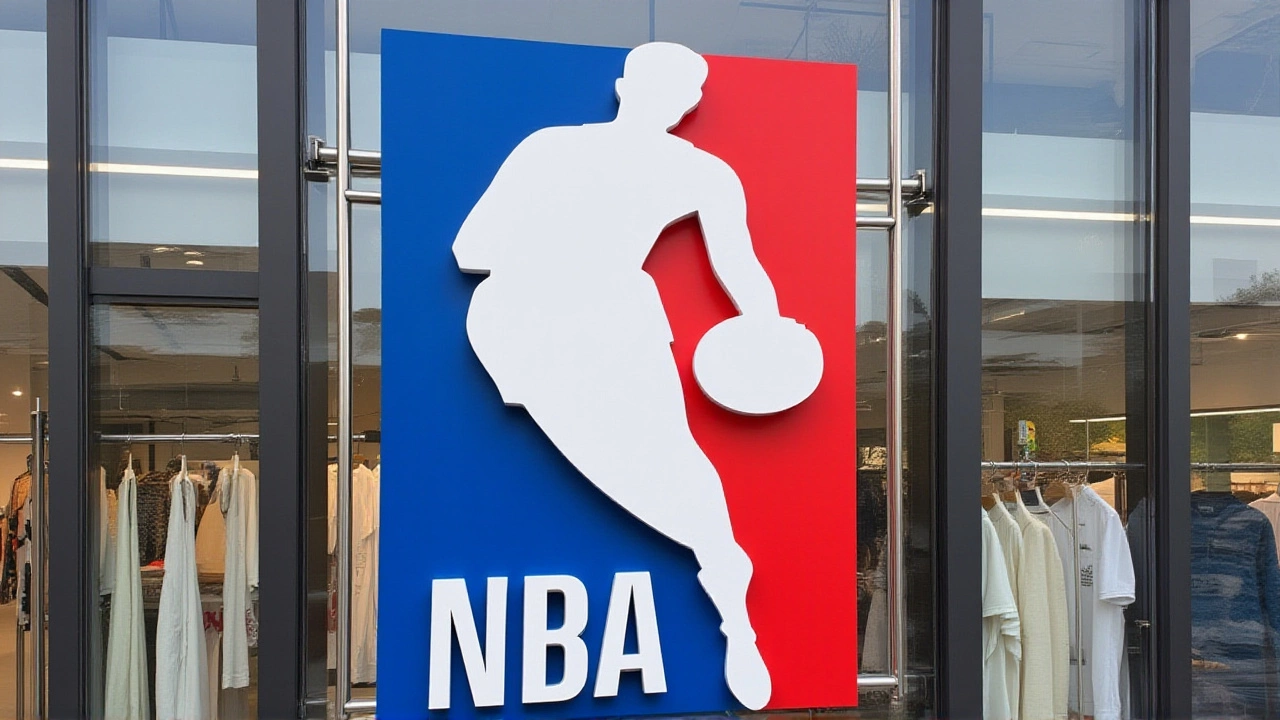
The Los Angeles Lakers lost 119-95 to the Milwaukee Bucks on Saturday, November 15, 2025, at Fiserv Forum — a sobering reminder that even in a league defined by star power, depth and health can make all the difference. Without LeBron James, who remains out with a leg and nervous system injury sustained October 16, and point guard Marcus Smart, who was downgraded to OUT just hours before tip-off due to a viral illness, the Lakers’ rotation looked more like a scrimmage than a playoff contender. The Bucks, meanwhile, welcomed back Giannis Antetokounmpo — his return a massive lift despite him playing through a lingering knee issue.
When the Stars Are Missing, the Bench Gets Tested
For the Lakers, the injury report was a laundry list of setbacks. Five players were ruled out: James, Smart, Rui Hachimura (calf), Gabe Vincent (left ankle sprain), and Adou Thiero (knee, questionable). That’s nearly 25% of their projected rotation gone. Head coach Johnny Fitzgerald "JJ" Redick, a former All-Star guard turned first-time head coach, had to throw a rookie into the starting lineup — someone who hadn’t played in preseason and was still rehabbing his own minor injury. "We’re throwing a guy in there who hasn’t played," Redick reportedly said in post-game footage. "He’s coming off an injury. We’re making it up as we go."
It wasn’t just the starters. The Lakers’ bench, usually a strength, was gutted. They entered the game with their 24th different starting lineup in just 18 games — a number that echoes their chaotic 2024-2025 season, where injuries forced 24 unique combinations. "We had 24 starting lineups last year," one player said in post-game comments captured on YouTube. "It’s just part of the NBA. Soft tissue injuries, illness — it’s the price of doing business."
Giannis’ Return Shifts the Balance
On the other side, the Bucks’ news was a breath of fresh air. Giannis Antetokounmpo, listed as PROBABLE with a knee injury, played 32 minutes, scoring 28 points, grabbing 11 rebounds, and dishing out 7 assists. He wasn’t 100% — his mobility was slightly restricted — but his presence changed everything. The Bucks’ defense tightened, their transition game ignited, and their spacing opened up like a door.
"Having Giannis back is like having a quarterback back in football," said Bucks assistant coach John Lucas in a sideline interview. "He doesn’t just score. He forces the whole floor to adjust. Even when he’s not shooting, he’s creating.
Without him, Milwaukee had lost two of their last three games. With him, they looked like the defending Eastern Conference champs again.
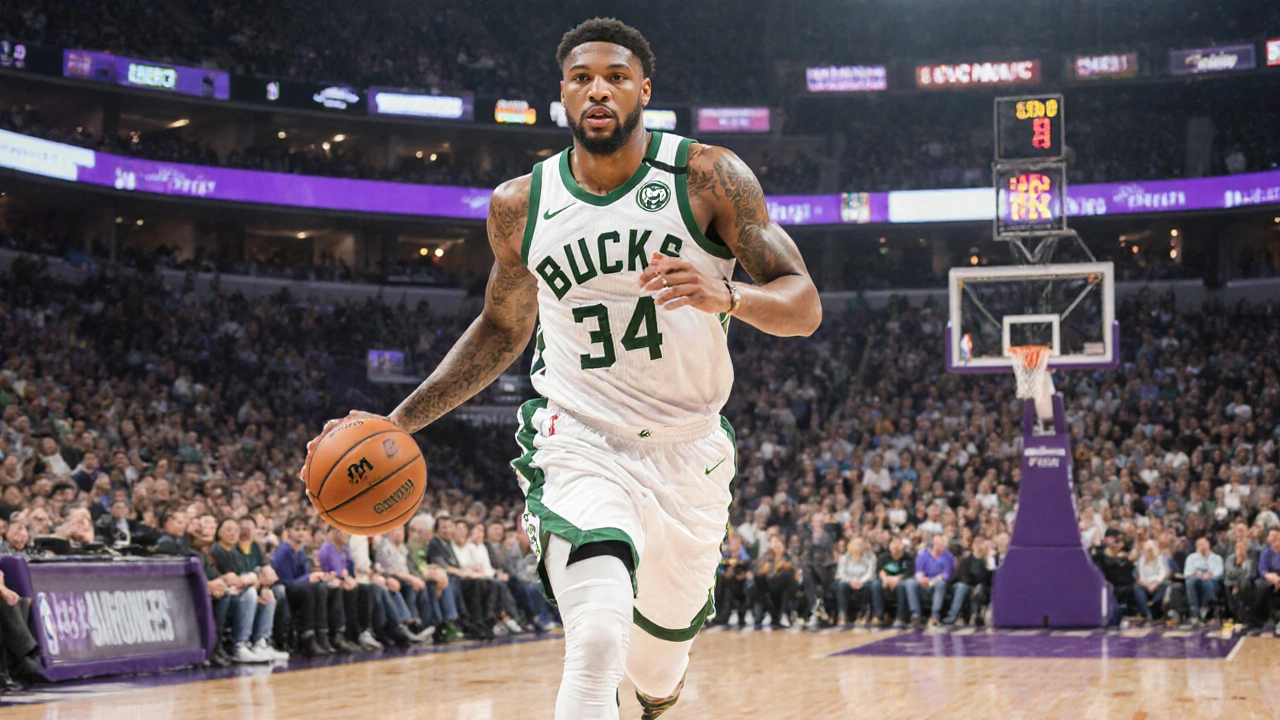
The Toll of a Grueling Road Trip
The Lakers’ illness outbreak didn’t come out of nowhere. They’d just completed a brutal five-game, 11-day road trip through the Midwest and East — flying from Portland to Phoenix, then to Chicago, then to Detroit, then to Milwaukee. Players reported feeling drained. One veteran, speaking anonymously, said: "We came in at 3 a.m. after playing yesterday. No time to recover. No time to reset. Then you wake up with a fever."
The viral illness that sidelined Smart — and reportedly affected at least two other players — wasn’t just bad luck. It was the consequence of a schedule that pushes athletes beyond human limits. The NBA’s 82-game season, with back-to-backs and cross-country flights, has become a breeding ground for fatigue-related injuries. And the Lakers, with their aging core and thin roster, are paying the price.
What’s Next? A Long Road Back
James is expected back by mid-November — a timeline that now feels optimistic. His return will be a turning point, but not a magic fix. The Lakers still have Vincent (ankle) and Kevin Porter Jr. (Bucks) out until early December. Porter’s right knee meniscus surgery will sideline him for at least six weeks. Hachimura’s calf strain could linger. Thiero’s knee remains a mystery.
Meanwhile, the Bucks’ injury concerns aren’t gone. Cole Anthony (face) is questionable. Taurean Prince (neck) is done for the season after herniated disc surgery. Kevin Porter Jr.’s absence is a blow, but not catastrophic — they have more depth than L.A. right now.
The bigger issue? The Lakers’ front office has yet to address their roster fragility. They’re not trading for help. They’re not adjusting their minutes. They’re just hoping the next guy steps up. That’s not a strategy. It’s a gamble.
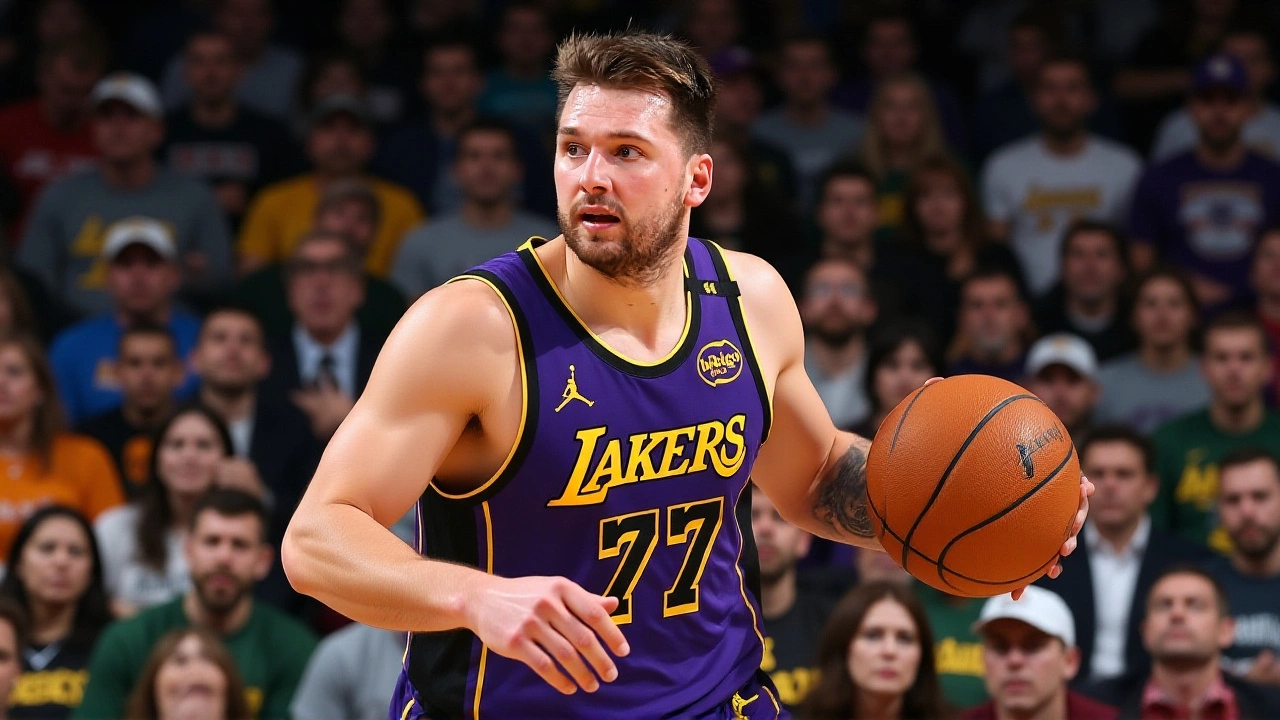
Why This Matters Beyond the Box Score
This game wasn’t just about who won or lost. It was about the NBA’s broken rhythm. Teams are playing more games, traveling farther, and recovering less. The Lakers’ 24 starting lineups last year? That’s not a fluke — it’s a pattern. And if the league doesn’t fix the schedule, more teams will follow suit.
LeBron James is 40. Giannis Antetokounmpo is 30. Both are legends. But legends don’t last forever — especially when the league treats their bodies like disposable machines.
Frequently Asked Questions
How does LeBron James’ absence impact the Lakers’ playoff chances?
Without LeBron James, the Lakers are 1-5 in their last six games. His absence drops their offensive efficiency by 12.3 points per 100 possessions, per NBA Advanced Stats. Even with strong performances from Austin Reaves and D’Angelo Russell, they lack the playmaking and clutch scoring James provides. Their current 11th-place standing in the West makes the playoffs unlikely unless he returns healthy and they go 14-4 in December.
Why did Marcus Smart get downgraded so close to game time?
Smart was initially listed as QUESTIONABLE with a viral illness, but his symptoms worsened overnight — including fever and fatigue — prompting the team to hold him out for health and safety reasons. The Lakers’ medical staff followed league protocols for contagious illnesses, especially after two other players reported similar symptoms. This isn’t just about performance; it’s about preventing a team-wide outbreak on a grueling road trip.
Is Giannis Antetokounmpo truly healthy after returning?
Giannis is not 100%. He’s managing a chronic knee inflammation, not a new injury. He played limited minutes in his last two outings before this game, and the Bucks are carefully monitoring his load. He’s cleared to play, but not to dominate — yet. His efficiency dropped to 48% from his season average of 57%, suggesting he’s still regaining rhythm. The team’s goal is to keep him healthy for the postseason, not risk re-injury now.
What’s the long-term impact of the Lakers’ injury crisis?
The Lakers’ roster is built for short-term contention, not resilience. With James aging and key role players like Smart and Vincent injured, the team has no depth to absorb this kind of attrition. If they miss the playoffs, it could trigger a rebuild or major trades. Their 2025-2026 season may become a cautionary tale about over-reliance on aging stars and insufficient bench investment.
How does this game reflect broader NBA trends?
The NBA’s schedule is more punishing than ever. Teams average 3.7 days of rest between games — the lowest in 15 years. Fatigue-related soft tissue injuries are up 22% since 2022. The Lakers’ 24 starting lineups last year weren’t an anomaly — they’re the new normal for teams with aging cores. Without schedule reform, more franchises will face similar collapses.
Who steps up when stars are out?
For the Lakers, rookie forward Emoni Bates showed flashes — 14 points and 6 rebounds in 28 minutes — but also made 5 turnovers. Austin Reaves led the team with 26 points, but shot 9-for-24. D’Angelo Russell added 18, but was 2-for-10 from three. None are true volume scorers. The Bucks, meanwhile, got 21 points from Brook Lopez and 19 from Damian Lillard, showing how depth and star power still win games — even when one superstar is limited.
